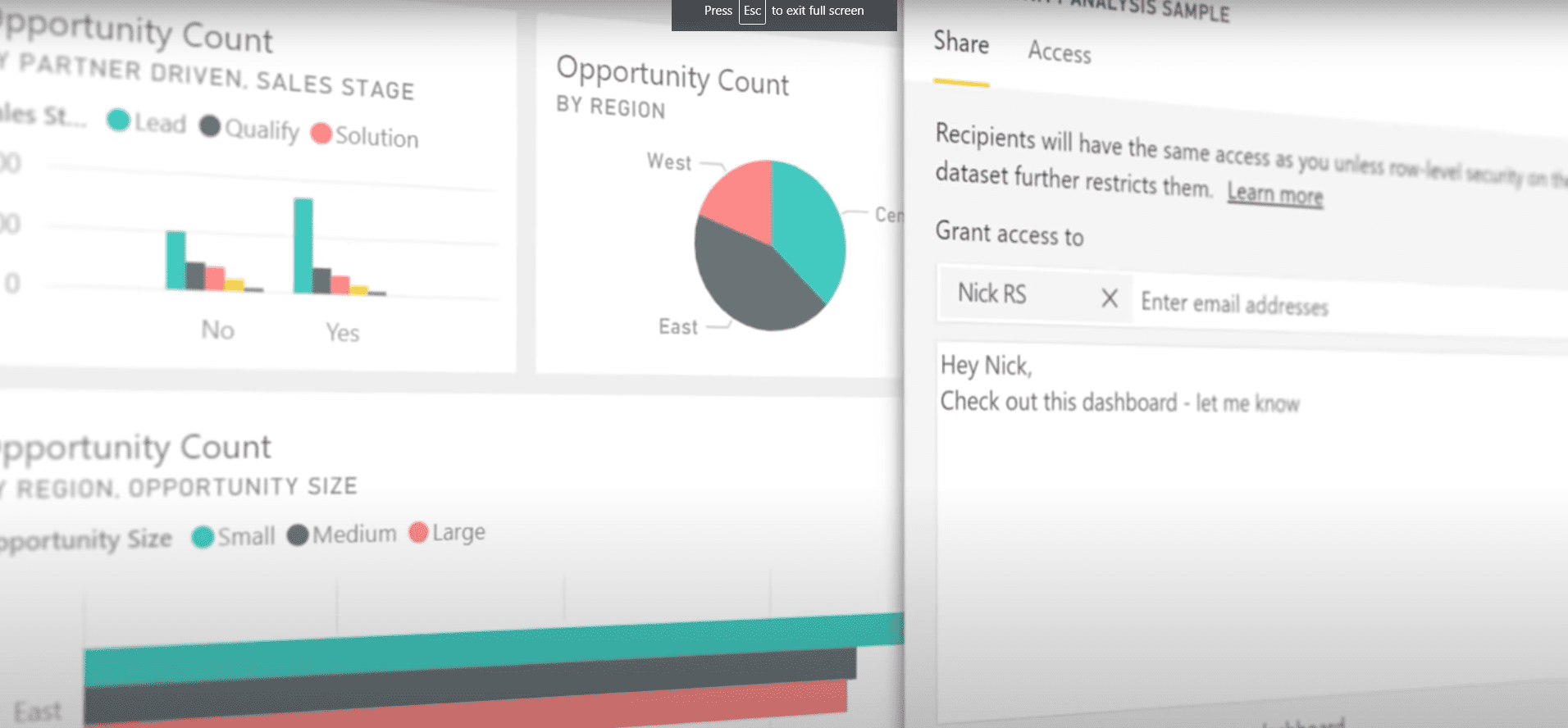Staying ahead of the competition requires more than just instinct and experience. The key to achieving and sustaining success lies in making informed decisions based on data-driven insights.
This is where the importance of leveraging data for improving business intelligence becomes evident. By tapping into the vast reservoirs of data available, businesses can gain a competitive edge, drive growth, and unlock new opportunities. In this blog, we will explore the significance of using data for business intelligence, the role of data in this process, the types of data that are valuable, and the techniques employed to extract actionable insights.
How Can Data Be Used To Improve Business?
Data holds the power to transform businesses by providing valuable insights that inform strategic decision-making.
Through effective data analysis, businesses can identify market trends, customer preferences, and emerging opportunities. This knowledge enables organisations to tailor their products and services to meet the evolving needs of their target audience, ultimately boosting customer satisfaction and loyalty.
Additionally, data analysis allows businesses to optimize their operational processes. By tracking and analyzing operational data, organisations can identify inefficiencies, bottlenecks, and areas for improvement. This insight enables streamlined workflows, enhanced productivity, and cost reductions.
What Is The Role Of Data In Business Intelligence?
Data is – unsurprisingly - the cornerstone of business intelligence. It powers the analytical engines, enabling businesses to gain meaningful insights into their operations, market dynamics, and customer behaviour.
Data also acts as the foundation for accurate forecasting, risk assessment, and strategic planning.
Business applications can play a crucial role in capturing the data your need. Advanced ERP solutions, such as Business Central, capture data from across your departments, such as finance, sales, inventory, and production. This rich dataset serves as the basis for analysis and decision-making.
What Kind Of Data Is Useful For Business Intelligence?
To effectively drive business intelligence initiatives, organisations need access to relevant, accurate, and timely data. The data that holds the most value for business intelligence is diverse, encompassing both structured and unstructured formats.
Structured data, such as sales figures, financial records, and customer demographics, is easily organized and analysed.
Unstructured data - on the other hand - includes customer feedback, social media comments, and emails, and requires advanced analytics techniques for the extraction of insights (though AI tools such as Copilot are starting to make this easier).
Moreover, combining internal data with external data sources, such as market research reports, industry benchmarks, and economic indicators, enhances the depth and breadth of business intelligence insights. The integration of external data can provide a holistic view of the business landscape, enabling organisations to identify emerging trends, anticipate market shifts, and stay ahead of the competition.
In this respect, casting the net wide can be beneficial. But organisations can typically find significant efficiencies by focusing purely on their own data.
What Are Business Intelligence Techniques?
Business intelligence techniques encompass a range of methodologies and tools designed to extract actionable insights from data. These techniques help transform raw data into valuable information, providing decision-makers with a comprehensive understanding of their business landscape.

One powerful tool for improving business intelligence is data vizualisation and analysis in Microsoft Power BI. With its intuitive interface and robust capabilities, Power BI empowers organisations to explore data, create interactive visualizations, and share insights with stakeholders. By presenting complex data in a visually appealing and easily digestible format, Power BI enhances the decision-making process and facilitates effective communication across all levels of the organization.
Other techniques for improving business intelligence include data mining, statistical analysis, predictive modelling, and machine learning. These techniques help identify patterns, uncover correlations, and predict future outcomes based on historical data. By applying these techniques, businesses gain the ability to make data-driven decisions, mitigate risks, optimize processes, and seize opportunities.
Improving Business Intelligence: Next Steps?
In conclusion, leveraging data for business intelligence is not just a choice but a necessity in today's competitive landscape.
By harnessing the power of data, organisations can gain valuable insights that inform strategic decision-making, drive growth, and foster.
Invariably technology will play a key part in processing the huge range of data sources that you have. Akita develops a wide range of business applications designed to improve business intelligence across your organisation.
For more information about improving business intelligence with data visualization tools, visit our Power BI page:





